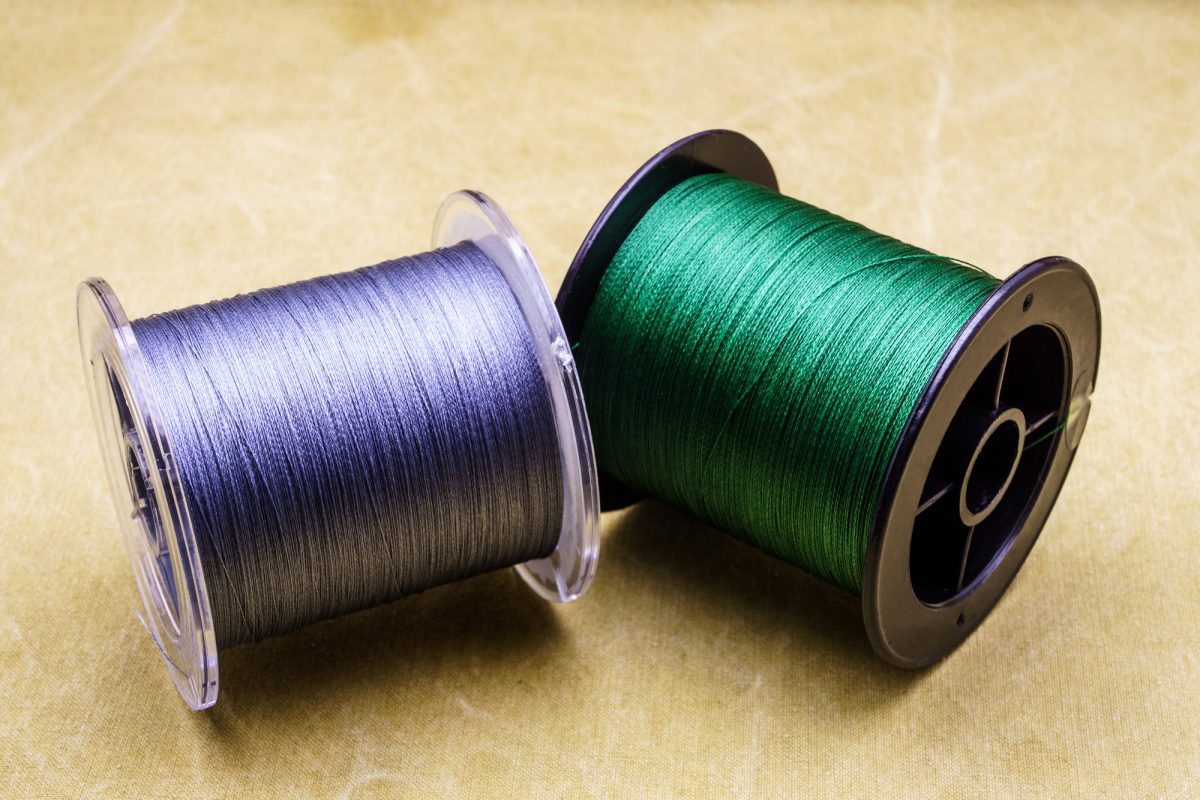Fishing lines come in a wide variety of types, each designed to perform differently in specific situations. The two most popular types of fishing lines are monofilament and braided fishing lines. Both of these lines have their unique strengths and weaknesses, which make them suitable for different fishing conditions.
Monofilament Fishing Line:
Monofilament fishing line is made of a single strand of nylon, which makes it highly flexible and easy to cast. It is an affordable option and is readily available in various strengths and colors, making it an excellent choice for beginners or anglers on a tight budget.
One of the significant advantages of monofilament fishing line is its ability to stretch, which allows it to absorb shocks and impacts from fish. This feature makes it an ideal choice for catching larger fish that tend to pull hard or fight back. The stretch also helps to prevent the line from breaking easily and reduces the risk of losing your catch.
However, one of the major disadvantages of monofilament fishing line is its low strength-to-diameter ratio. This means that you will need to use a thicker line to achieve the same strength as a braided line, which can make it more visible and reduce its ability to cut through the water. Monofilament fishing lines are also prone to twisting and can be affected by UV rays, which can cause it to degrade over time.
Braided Fishing Line:
Braided fishing lines are made of several strands of synthetic fibers that are woven together to create a single, ultra-strong line. This makes them highly resistant to abrasion, which allows them to cut through water quickly and reduce visibility. They are also thinner and stronger than monofilament lines, which means you can use a thinner line to achieve the same strength.
One of the significant advantages of braided fishing line is its sensitivity, which allows you to feel even the slightest tug on your line. This makes it an ideal choice for fishing in deep waters, where you need to detect bites quickly. The lack of stretch also makes it easier to set hooks, which increases your chances of catching the fish.
However, the lack of stretch can also be a disadvantage in some situations. When fishing for larger fish, the line can break easily if there is no give to absorb the shock of the fish’s pull. Braided lines are also more visible in clear water and can be prone to wind knots and backlashes, which can be frustrating to deal with.
In conclusion, both monofilament and braided fishing lines have their unique advantages and disadvantages. Monofilament fishing lines are affordable, easy to handle, and absorb shock, making them ideal for beginners or catching larger fish. On the other hand, braided fishing lines are stronger, more sensitive, and more resistant to abrasion, making them an excellent choice for deep water fishing or targeting specific species. Ultimately, the choice between these two types of fishing lines comes down to personal preference and the type of fishing you plan to do.


